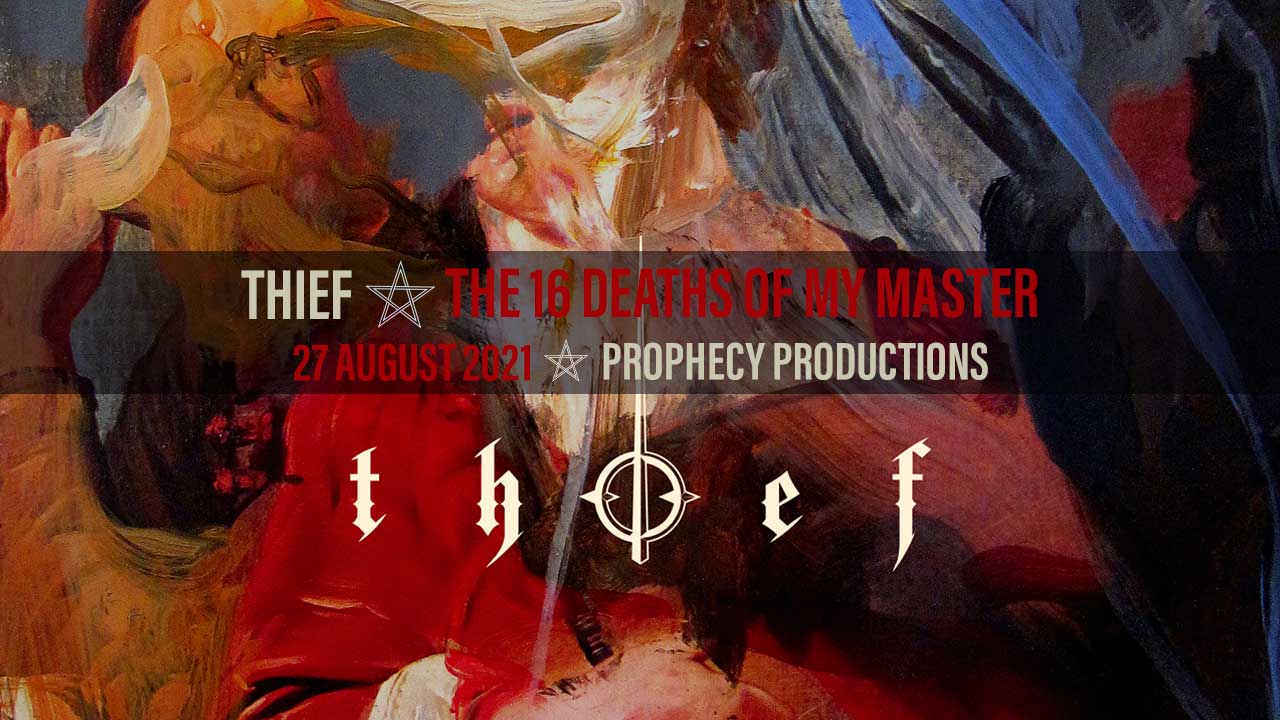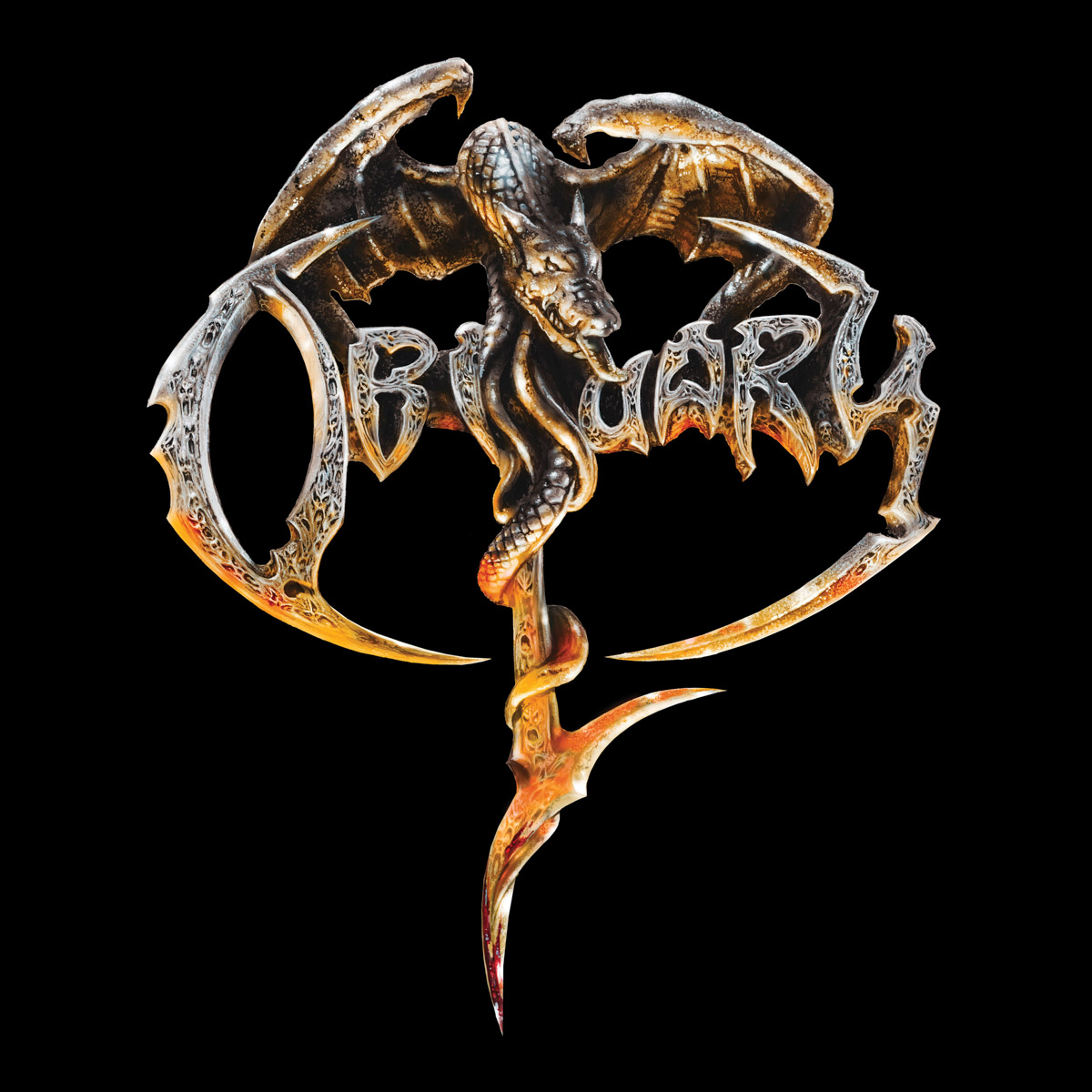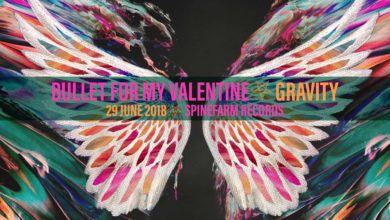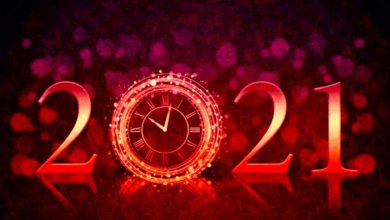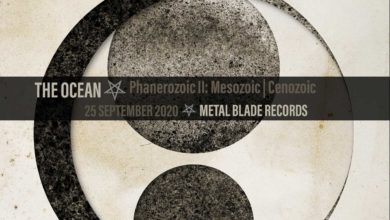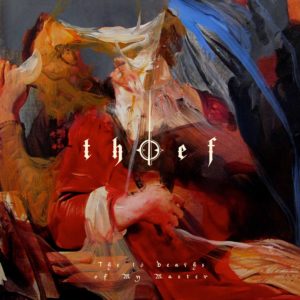 The streets of L.A. emanate echoes of hedonistic excess as the asphalt exhales its own haze of oppressive humidity. The furnace that is the California sunbeams its furious rays down from above both illuminating and burning, a perfectly suitable metaphor for this city. The history that has taken place on these streets is beyond the stuff of legend. One thinks of the legacy of the Lizard King, Jim Morrison fronting The Doors as the house band for the Whiskey A-Go-Go or the anticipation teeming in the air before one Edward Van Halen took the stage at Gazzarri’s. Behind all these star-studded memories, though, are roads leading to nowhere, or even worse, total destruction. Existing in a place antithetical to these preconceived notions of L.A. is the band Thief for while calling the City of Angels home, the story of Thief is anything but typical.
The streets of L.A. emanate echoes of hedonistic excess as the asphalt exhales its own haze of oppressive humidity. The furnace that is the California sunbeams its furious rays down from above both illuminating and burning, a perfectly suitable metaphor for this city. The history that has taken place on these streets is beyond the stuff of legend. One thinks of the legacy of the Lizard King, Jim Morrison fronting The Doors as the house band for the Whiskey A-Go-Go or the anticipation teeming in the air before one Edward Van Halen took the stage at Gazzarri’s. Behind all these star-studded memories, though, are roads leading to nowhere, or even worse, total destruction. Existing in a place antithetical to these preconceived notions of L.A. is the band Thief for while calling the City of Angels home, the story of Thief is anything but typical.
Thief is the brainchild of Dylan Neal, a multi-instrumentalist who got his start playing the hammered dulcimer in the Northern California experimental Black Metal act Botanist. This non-traditional, out-of-the-box approach became a vision for Neal, one to shape his future in the form of Thief. First, Thief is not Metal; however, the music is very much aligned with the spirit running through the heart of the darker corners of experimental Extreme Metal. The basis of this project’s oeuvre is the shaping of sacred chanting and choral music into another medium entirely and supplemented with added instrumentation. It is nothing short of a heady experience, one to get lost in, and with this third album, The 16 Deaths of My Master, ideas have become more streamlined, focused, and injected with vicious veracity further enhancing the results.
It was almost two years ago exactly when I first came across Thief via the band’s second album, Map of Lost Keys. It is impossible to deny that I was swept away by the emphatically dramatic rush this album gave. While thus far one may be wondering how electronically manipulated sacred choral music could sound heavy, picture a hybrid of very early Nine Inch Nails and Ulver combined with Gregorian chant. According to the band’s Bandcamp page, it is an “electronic project” that specializes in “night music for haunted ballrooms and electric churches”. I would say that that is an apt description.
The admitted difference in strategy with this new album is a more straightforward and direct modus operandi that makes for music that is ultimately that much more impactful. Beginning with “Underking,” this more intensely focused plan of attack is readily apparent. Simply put, the music has evolved into an altogether different entity, one where a deep electronic groove forms the bedrock and the synthesized choral aspects are used more as decoration, an almost total reverse from previous efforts. Whether this decision was made for creative exploration or wider acceptance is a moot point for Neal’s answer to this question is clearly elucidated in “Bootleg Blood” when he plainly states, “fuck you”.
As the album moves along, the musical alchemy, preternaturally sacred, becomes the soundtrack to the innermost mind. Brilliantly seductive as framed by an almost Pop appeal at times, the allure bears a sense of danger irresistible to one’s darker self, that sweet-talking demon that is resolutely perched atop all our left-hand shoulders. Interestingly enough, this strain of Faustian appeal is not innately part of Neal’s personal ethos as revealed by the fact he resides in a Zen Buddhist Temple where he actively participates in its proceedings. Evidently, Thief serves as a way to exorcise Old Nick while maintaining clarity and peace of mind in daily life.
Regardless of world views, though, the intensity increases rapidly through the course of the sixteen tracks. One part that really stood out was during the sixth track, “Gorelord,” where at the 2:52 mark, all the music drops out save for a Bach-style harpsichord melody that gradually morphs into a dizzying wave of synths weaving a hypnotizing spell that fades into eventual nothingness. “Apple Eaters,” the track that follows, begins with a drab sense of self-loathing that soon erupts with a thumping, abrasively slamming electronic beat. A sudden sense of inspiration, or possibly elation, changes the color of the song entirely along with the mood of the listener with it.
Listening to The 16 Deaths of My Master, it is hard to believe 90% was recorded in Neal’s apartment. The quality is on par with any major release which could also be explained by the fact that the other 10% was done at Clearlight Mastering in L.A. with Grammy-winner John Greenham. That vision, though, the singular focus framed by the scope of Neal’s personally inexhaustible ether shines through the recording; thus, the standard set in the studio serves to elevate the music rather than dilute it, contrary to most music released in the mainstream.
The experience of this album is nothing short of remarkable. I could not resist the atmosphere that seemed to hearken back to the mid to late ‘90s when certain bands from the Industrial and Goth corners of the world made some truly compelling music. It is a vibe that is hard to describe yet one who has felt its sway, taken its outstretched hand, cannot mistake its authenticity. That sentiment can be summed up with lyrics from the thirteenth track, “Crestfeller,” when Neal sings, “I’m snorting lines of angel ashes, of plotting fatal car crashes, deny my soul its perfect freedom, it’s just more fun to be a demon”.
One might balk at the whopping sixteen tracks as excessive but assuredly, there is no filler here. The ebb and flow created has a cinematic effect made all the more potent by the layered nuances constructing it. This is an album I would recommend to music fans from varied backgrounds for at the end of the day, it is filled with a wide breadth of emotion, expansive vision, and intelligent construction; an overall extraordinarily impressive album.

